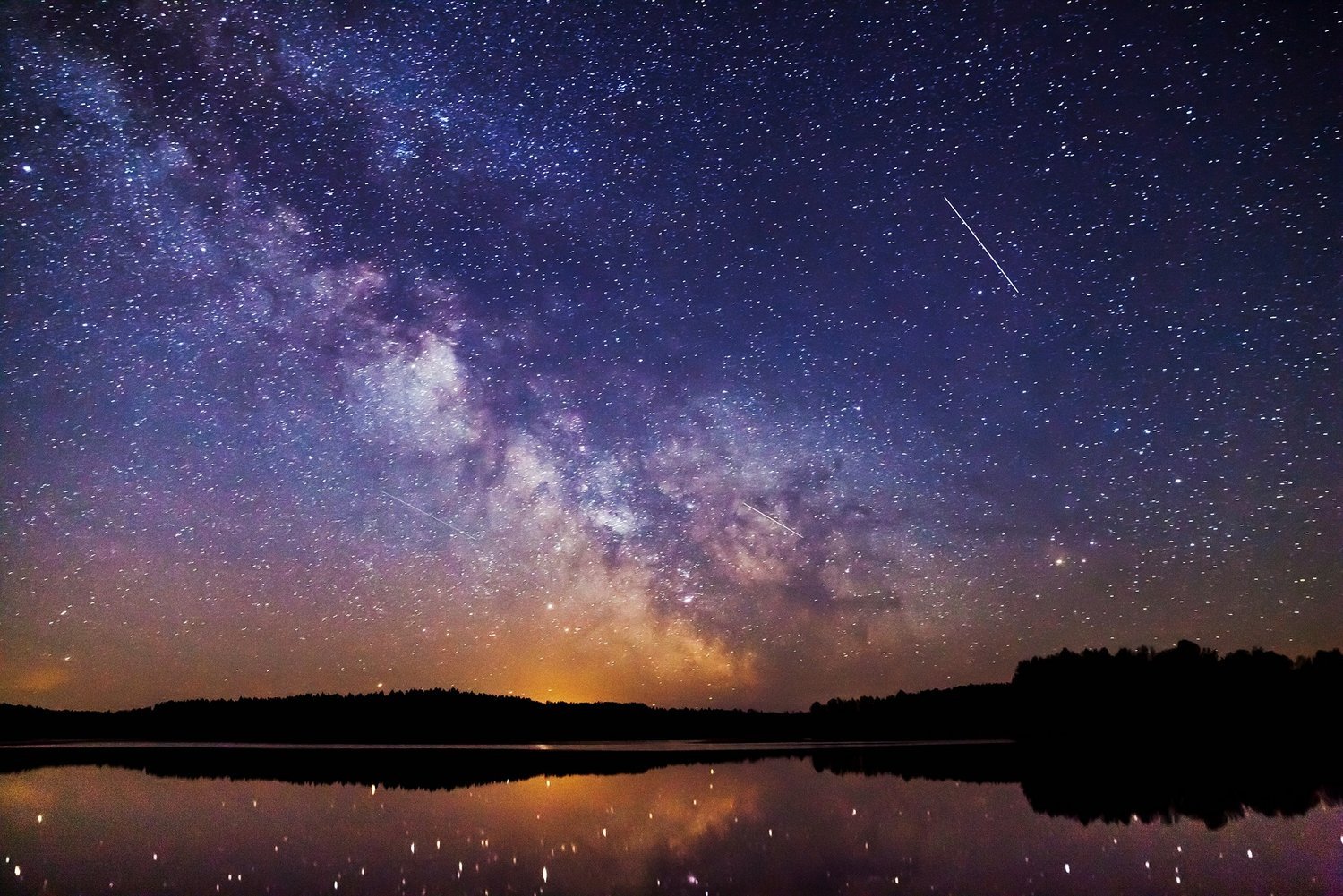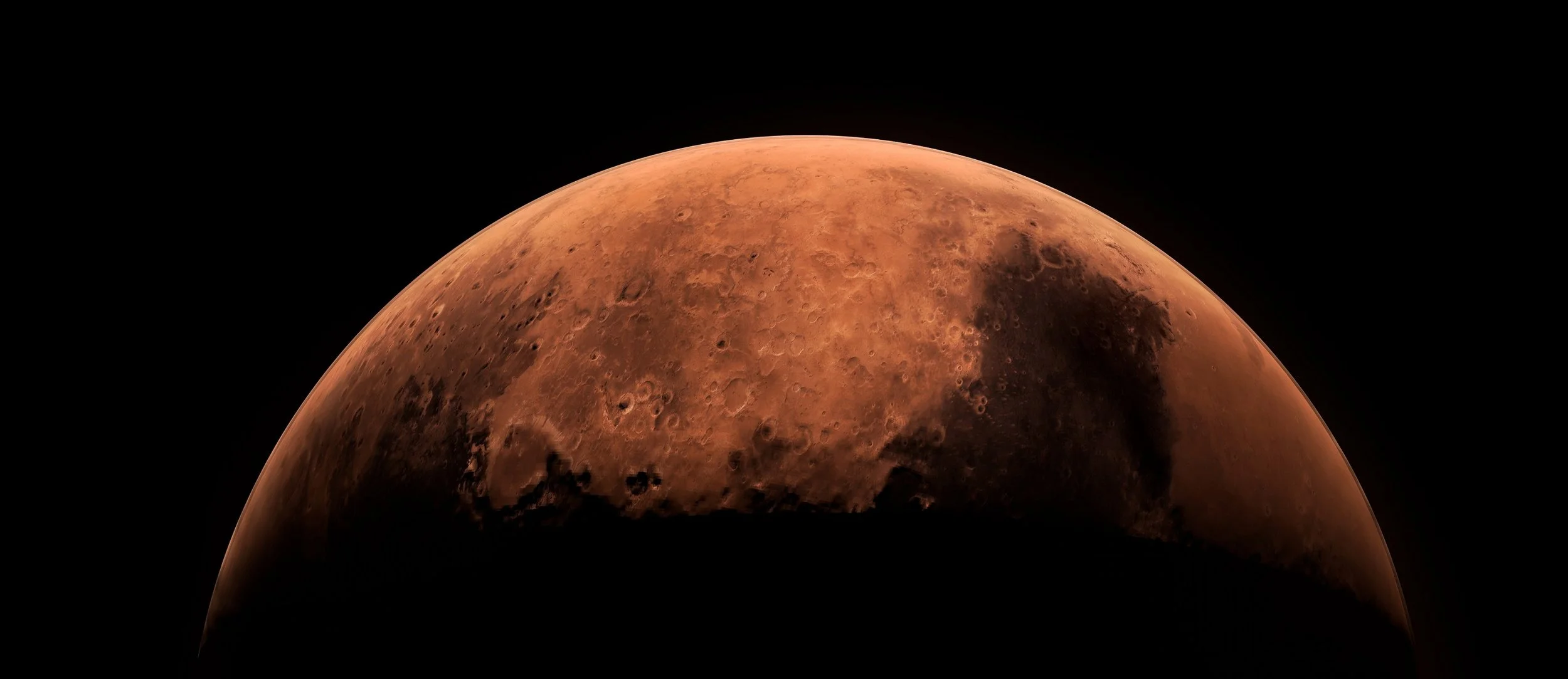A group of researchers took a look at Earth's hot and cold spots using satellite data. They measured new record low and record high temperatures and came to the conclusion that Death Valley is not the hottest place on the planet after all. So what is the actual hottest place on Earth? And what is the coldest temperature they measured?
Where is the hottest place on Earth?
The data paints a very clear picture. The highest LST (land surface temperature) was observed in two locations. One hotspot was found in Iran, in the so-called Lut Desert, and the other one was found in the Sonoran Desert in Mexico.
The Lut desert in Iran, one of the two newly defined hottest locations on Earth - Image Credit: Udompeter via Shutterstock / HDR tune by Universal-Sci
How hot is the hottest place on Earth?
The temperature measured by satellite on the above-mentioned locations was a scorching 80.8 degrees Celcius (or 177,4 Fahrenheit). These numbers exceed the previous 2005 Death Valley record (measured at 70.7C or 159F) with more than 10 degrees Celcius.
The fact that the Iranian and Mexican deserts so convincingly knock Death Valley from its throne is partly due to the different methods of measuring that where used. The researchers stated that most studies in the past focused on extreme air temperatures rather than land surface temperature.
The shift from Death Valley to Mexico/Iran that emerged using satellite measurements didn't surprise the research team. It wasn't very likely that Death Valley was the hottest place on Earth. The fact that it is often claimed that it is the warmest place on Earth can partly be explained by the fact that only limited weather stations are set up in remote areas such as the Lut Desert and the Sonoran Desert. The record-breaking temperatures were simply not measured. That is why the researchers decided to use land surface temperature data collected via satellite.
The Sonoran Desert. It is interesting to see such diversity between the two hottest locations on Earth - Image Credit: Anton Foltin via Shutterstock / HDR tune by Universal-Sci
Another contributing factor to the large discrepancy between the previous and current record temperatures is that land surface temperatures are typically higher than air temperatures because surfaces are heated by the sun's radiant energy.
What is the coldest place on Earth?
The researchers not only measured the hottest locations on the planet but also identified the coldest spots. The coldest place on Earth is Antarctica, with a record low temperature of -110.9 degrees Celcius (or -167,6 degrees Fahrenheit).
Once again, a significant discrepancy emerged between the current and previous record of -89.2 Celcius / 116 Fahrenheit measured in 1983 (According to the World Meteorological Organization's World Weather & Climate Extremes Archive)
The large difference with the previous record low temperatures can probably be attributed to the lack of weather stations in the remote regions of Antarctica that left ceratain cold areas out of consideration for a very long time.
The researchers received their data from the Moderate Resolution Imaging Spectroradiometer (MODIS) onboard NASA's Aqua satellite.
If you are interested in a more detailed overview of the study discussed in this article, be sure to check out the paper, published in the Bulletin of the American Meteorological Society, listed below.
Sources and further reading:
Global Patterns of Hottest, Coldest and Extreme Diurnal Variability on Earth (Bulletin of the American Meteorological Society)
If you enjoy our selection of content, consider subscribing to our newsletter (Universal-Sci Weekly)
FEATURED ARTICLES:












